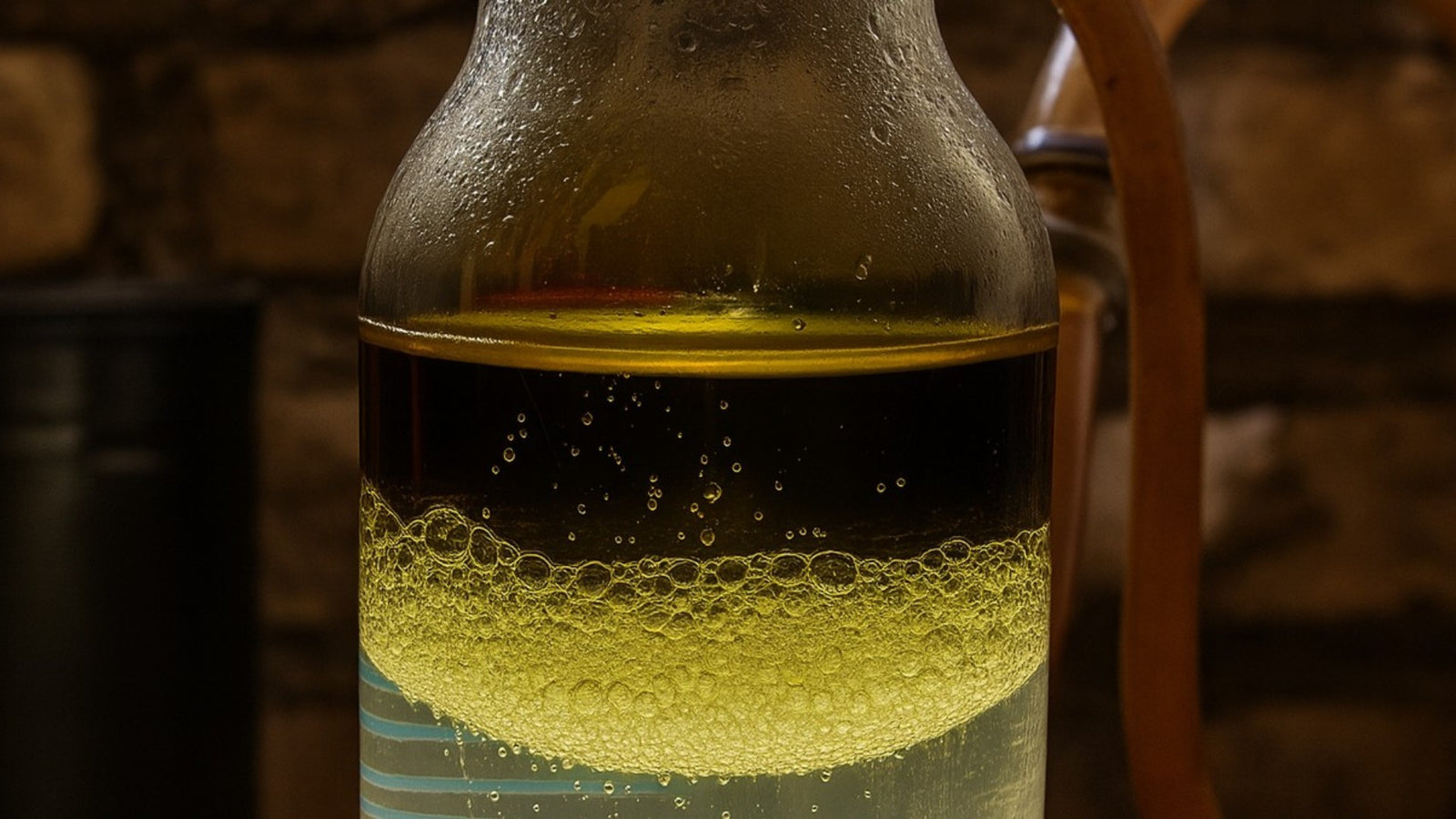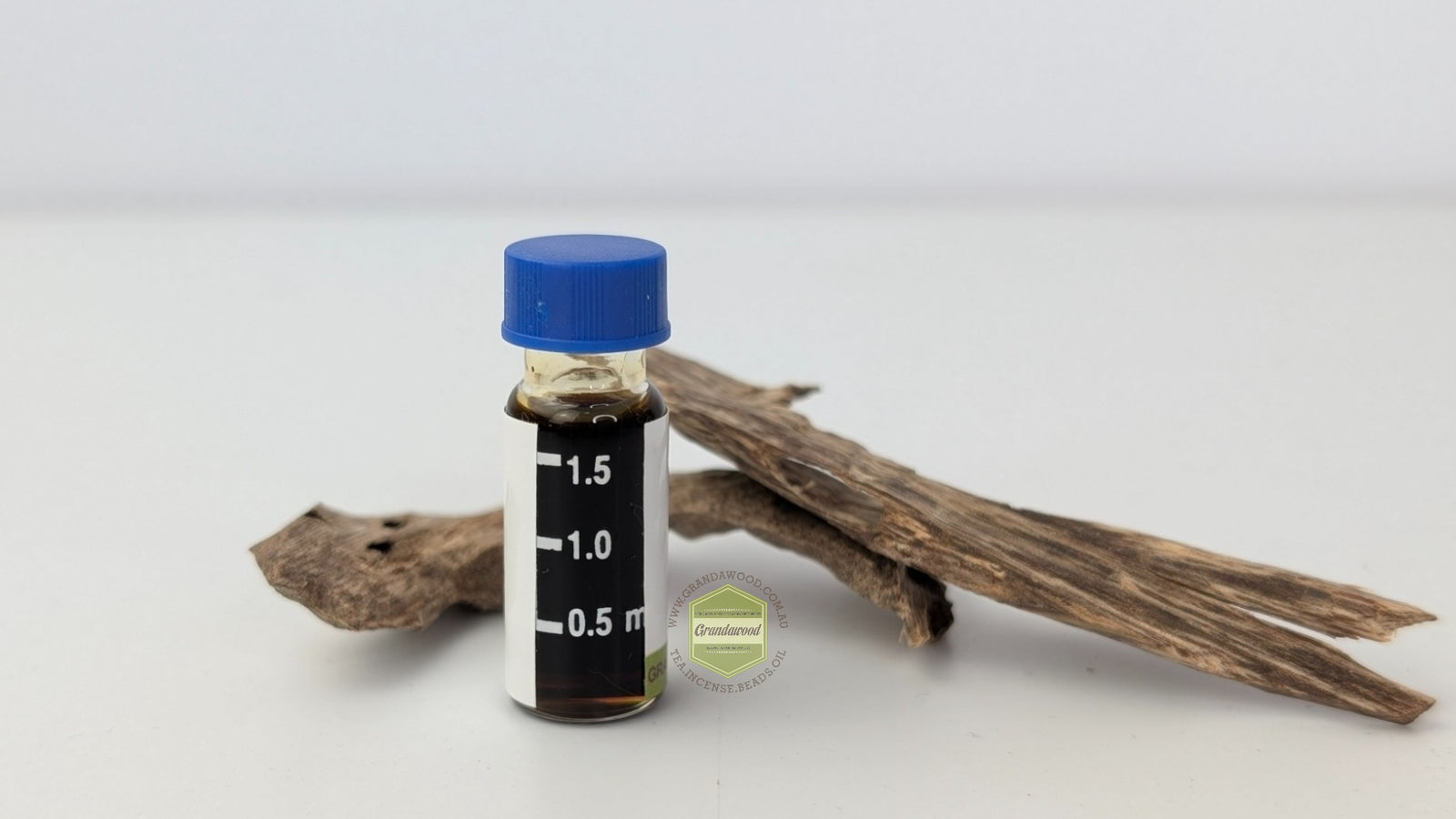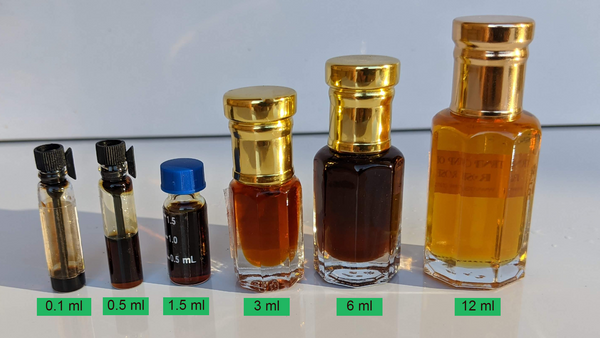


K Verdant 100% Pure Sustainably Cultivated Agarwood Oil (Oud)
For a quick guide to our Oud oil, click HERE
The scent is original. The story of this Oud is real. And once you smell it, you'll never forget it.
My family grows Agarwood. But this story is not just about farming trees, it is about chasing a scent that nearly vanished.
Near the edge of Khao Yai National Park, one of the most biodiverse forests in Thailand is the start of this story. For years, smugglers have risked everything to steal agarwood from that forest. I am not making it up

You can read it here, and here.
Also recently:
Two Cambodian men were arrested in Khao Yai National Park for illegally harvesting agarwood. Park officials seized 3 kilograms of fresh agarwood, one additional piece, and nine tools used in the crime. The suspects were handed over to Mu Si Police Station for legal action. Authorities suspect a connection to a larger Cambodian gang involved in similar activities. Ongoing patrols are being conducted to prevent further crimes against forest resources and wildlife.
– Vietnam News Gazette. (2025, January 23). Khao Yai National Park chief reveals patrol unit arrested 2 Cambodians for illegal agarwood production. Thai News Agency
Why did they risk their lives?
Because of the scent. Deep. Woody. Mysterious. The kind of aroma that makes perfumers hold their breath. The demand is high, so people do some unthinkable things.
And so are we !
We used to think that wild aroma was impossible to get without the actual wood from Khao Yai.
But then something happened.
A grower I have known for years, he lives just across the border of Nakhon Nayok and Prachin Buri, texted me “I think you should smell this.”
He had been cultivating agarwood trees for over a decade. Not rushing. Not forcing. Just letting the trees grow as they do in the wild — under the same rain, the same soil, the same sun that kisses the edge of the national park.
I opened the package he sent last week. I twisted the cap of a small vial.
And that’s when I knew.
That same bold character... , the fresh green notes, that complex but smooth woody base with hints of wild floral high notes...
They were all there.
He had done it. He had recreated the aroma of Khao Yai’s legendary wild oud — without cutting down a single wild tree. He made it from his plantation
So I asked him: "Can I share this with people?"
We made a small batch of the oil, just enough to let a few people sample it. No fancy packaging. No big marketing. Just raw, honest oud from cultivated trees that smelled like the forest.
Every person who tried it said the same thing:
“This smells is very close to the wild oud. But better — because there is no harm, there is no kill, there is no arrest”
That’s when I knew we had to make more.
But not too much.
We still treat every harvest with the same care. No chemicals. No shortcuts. We wait years before tapping the trees. We test every drop. And we don’t release it unless it meets the profile we’re chasing, the profile that reminds us of the forests we’re protecting.
Try it for yourself?
All I ask is that you try it. Keep it in your drawer. Dab a drop when you're curious.
If you like it , you can order a full bottle. If you do not like it, at least you will learn what genuine Agarwood oil smells like in this special region. No pressure. No recurring billing. No tricks.
And if you are anything like the others who tried it, you’ll be back. Because you’ll know:
- This is not mass-produced oud.
- It is not synthetic.
- It is not stolen from the forest
It is the cultivated oud that resembles of the wild oud of Khao Yai — rare, rich, and responsibly made.




